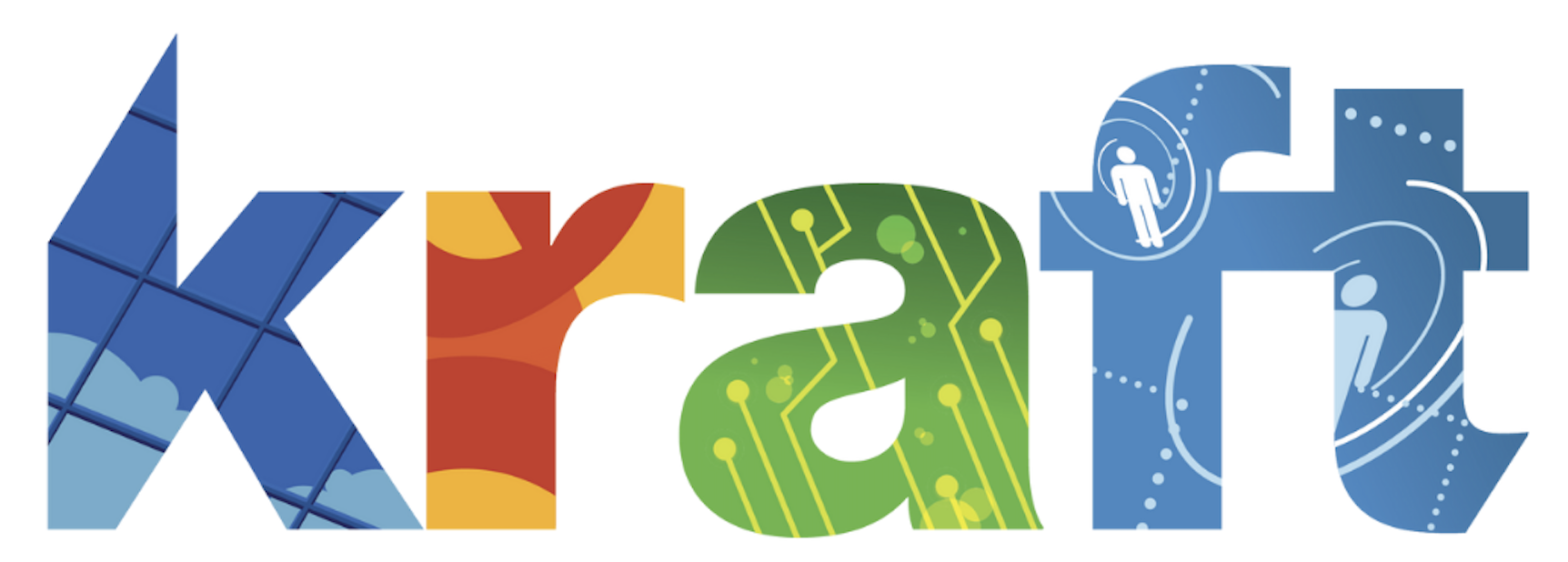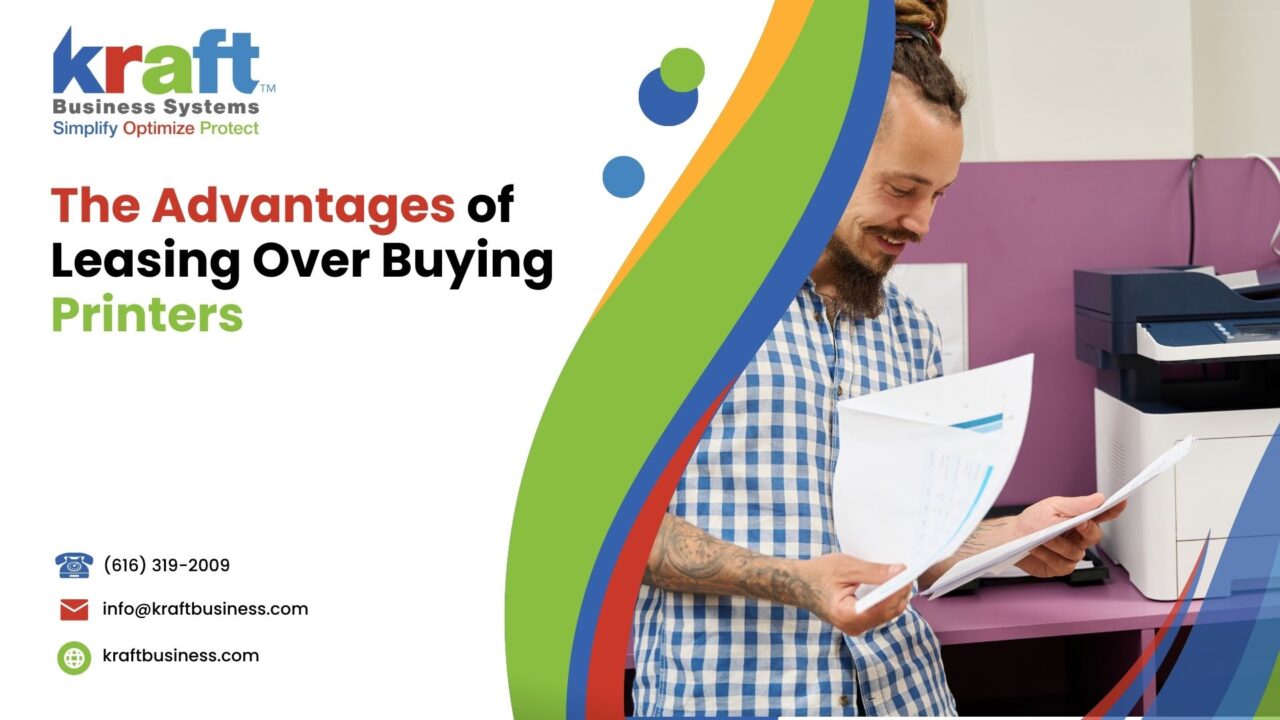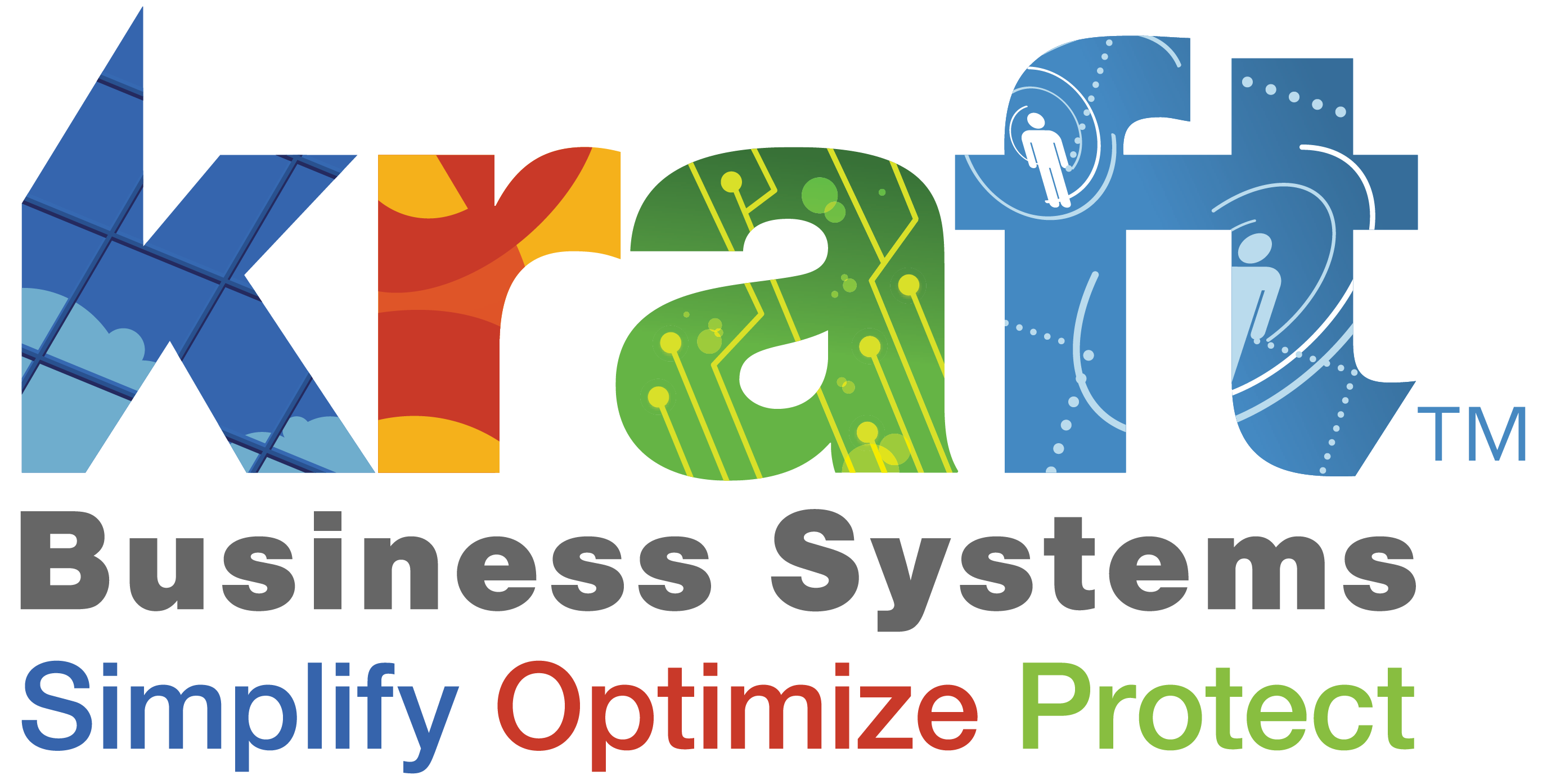Leasing Over Buying Printers
Choosing whether to lease or buy a printer can be a tough decision for any business. The choice hinges on several factors, including cost, maintenance, and technology. Leasing a printer can be more appealing for many businesses, offering various advantages that buying doesn’t.
In other words, leasing allows companies to access the latest technology without a large upfront investment. Moreover, it often includes maintenance and support, reducing the hassle of unexpected repairs.
Therefore, this article will delve into the numerous benefits of leasing printers and why it might be a smarter choice for your business compared to buying one outright. By the end, you’ll understand why leasing a printer can enhance your office’s efficiency and manageability.
Understanding Printer Leasing
What is Printer Leasing?
Printer leasing is a contractual agreement where a business rents a printer for a specified period. Instead of purchasing a copier, companies pay monthly fees to use the equipment.
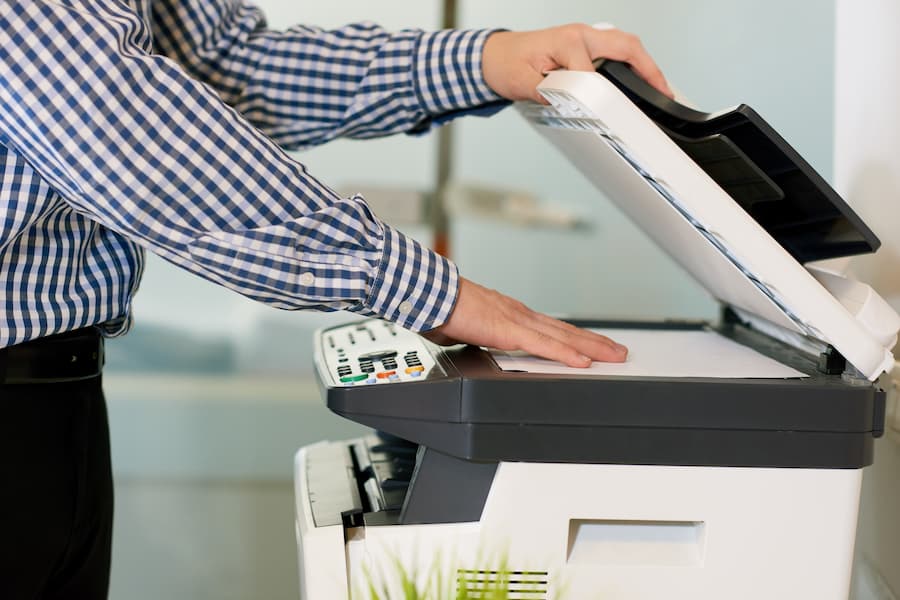
For instance, these agreements typically last between one to five years. Leasing enables businesses to manage their cash flow better and avoid large initial expenses. Above all, it provides access to high-quality printers without a significant financial burden.
Types of Printer Leasing
There are two primary types of printer leases: operating leases and capital leases. An operating lease allows the business to use the printer without owning it. This type is similar to renting, with lower monthly payments and maintenance often included.
However, a capital lease functions more like a loan. The business eventually owns the printer at the end of the lease term. This option might suit companies planning to keep the printer for a long time. Comparing these types helps businesses decide based on their financial goals and usage needs.
Benefits of Leasing Printers
Cost Efficiency
Leasing a printer provides significant cost efficiency. There are lower upfront costs, which is ideal for businesses looking to preserve their capital. Instead of a hefty initial investment, leasing involves predictable monthly payments, making budgeting simpler.
In addition, these payments often cover maintenance and repairs. Therefore, businesses can avoid unexpected costs that come with owning office equipment.
Access to Latest Technology
Leasing ensures access to the latest technology. Businesses can regularly upgrade to newer models, avoiding obsolescence and ensuring they always have the most efficient and effective equipment.

For instance, technology advances rapidly, and leasing keeps companies up-to-date without the need to purchase new equipment frequently. Therefore, this approach maintains operational efficiency and competitiveness.
Maintenance and Support
Leasing agreements often include maintenance and support services. This means businesses don’t have to worry about the downtime caused by malfunctions. Inclusive maintenance services ensure the printer runs smoothly, minimizing disruptions.
Moreover, these services can significantly reduce downtime and improve productivity. After all, when a printer breaks down, it’s the leasing company’s responsibility to fix it, saving time and resources.
Flexibility
Leasing provides exceptional flexibility. It’s easy to upgrade or downgrade the equipment based on changing business needs. For instance, if a company grows and needs more advanced printers, it can adjust its lease agreement accordingly.
Similarly, flexible terms and conditions allow businesses to adapt quickly to market changes or internal demands. This adaptability makes leasing an attractive option for dynamic and evolving businesses.
Drawbacks of Buying Printers
High Initial Investment
Buying a printer requires a high initial investment. This significant upfront cost can be a financial burden, especially for small businesses with limited capital. Therefore, leasing can be a more viable option for maintaining cash flow.
For instance, instead of tying up a large sum in a printer purchase, companies can allocate those funds to other critical areas of the business.
Depreciation
Printers depreciate rapidly. As soon as a new printer is bought, its value starts to decrease. This rapid depreciation results in a significant loss if the business decides to sell the printer later.
Above all, the resale value of printers drops quickly, which can be a financial disadvantage for companies looking to recoup some of their investment.
Maintenance Costs
Owning a printer means being responsible for all maintenance costs. These expenses can add up quickly, especially if the printer requires frequent repairs or replacement parts.
In other words, the cost of maintaining a printer can be unpredictable and high, making it a less appealing option compared to leasing, where maintenance is often included.
Technology Obsolescence
Keeping up with the latest technology can be challenging when owning printers. Technology evolves rapidly, and businesses may find their equipment outdated within a few years.
After that, upgrading to new models involves additional costs, making ownership less attractive. Leasing helps avoid this issue by providing regular upgrades and access to the latest technology.
Financial Implications
Tax Benefits
Leasing office equipment like printers can offer tax deductions. Businesses can deduct lease payments as a business expense, reducing taxable income. This provides a financial advantage over buying.
For instance, when you buy a printer, you can only depreciate its value over several years. However, leasing allows for immediate deductions, making it a more attractive option for many businesses.
Budgeting and Cash Flow
Leasing improves cash flow management. With predictable monthly lease payments, businesses find it easier to budget their expenses.
Therefore, leasing enables your small business to acquire sophisticated technology without straining financial resources. This stability can be crucial for growing businesses, ensuring they maintain a steady cash flow and can invest in other critical areas.
Environmental Impact
Sustainability
Leasing contributes to sustainability. By leasing, businesses can reduce electronic waste, as leasing companies often handle environmentally friendly disposal of old equipment.
In addition, leasing companies frequently refurbish and recycle used printers, minimizing their environmental footprint. This approach supports a more sustainable business model.
Energy Efficiency
Leasing provides access to energy-efficient models. Modern printers are designed to consume less energy, reducing overall energy consumption.
For instance, by regularly upgrading to newer, more efficient models, businesses can lower their energy bills and contribute to a greener environment. Therefore, leasing can be an eco-friendly choice for forward-thinking companies.
Making the Right Decision
Assessing Your Needs
When deciding whether to lease or buy, assess your business needs. Consider factors like budget, technology requirements, and long-term goals.
Above all, align the decision with your business objectives. Leasing may be a better option for businesses that need flexibility and access to the latest technology.
Comparing Costs
Conduct a detailed cost analysis of leasing vs. buying. Compare initial costs, monthly payments, and long-term financial implications.
For instance, while buying a printer involves a significant upfront cost, leasing spreads the cost over time, making it easier to manage. Therefore, carefully evaluating the costs can help make an informed decision.
Consulting Experts
Seek advice from financial advisors. Professional guidance can provide valuable insights into the pros and cons of leasing and buying.
In other words, consulting experts can help you understand the financial impact of each option and choose the best one for your business. This step is crucial for making a well-informed decision.
What People May Also Ask
Can I buy the printer at the end of the lease term?
Yes, many lease agreements offer the option to purchase the printer at the end of the lease period, often at a reduced cost.
How does printer leasing affect my taxes?
Leasing payments are typically tax-deductible as a business expense, reducing your taxable income and providing a financial benefit.
What happens if the leased printer breaks down?
Most lease agreements include maintenance and support services, ensuring that the leasing company handles repairs and reduces downtime.
Can I upgrade to a newer model during the lease?
Yes, leasing often allows you to upgrade to a newer model, providing access to the latest technology without a significant upfront cost.
Are there penalties for early termination of the lease?
There can be penalties for early termination, depending on the lease terms. It’s important to review your lease agreement carefully.
Summary: Pros and Cons of Leasing vs. Buying Printers
In summary, leasing printers offers numerous advantages over buying. Lower upfront costs, access to the latest technology, and inclusive maintenance are just a few benefits. Leasing can enhance your business’s efficiency and adaptability.
Therefore, whether you’re a small business or a large corporation, consider the pros and cons of leasing vs. buying. Consult financial experts and assess your needs to make the best decision.
